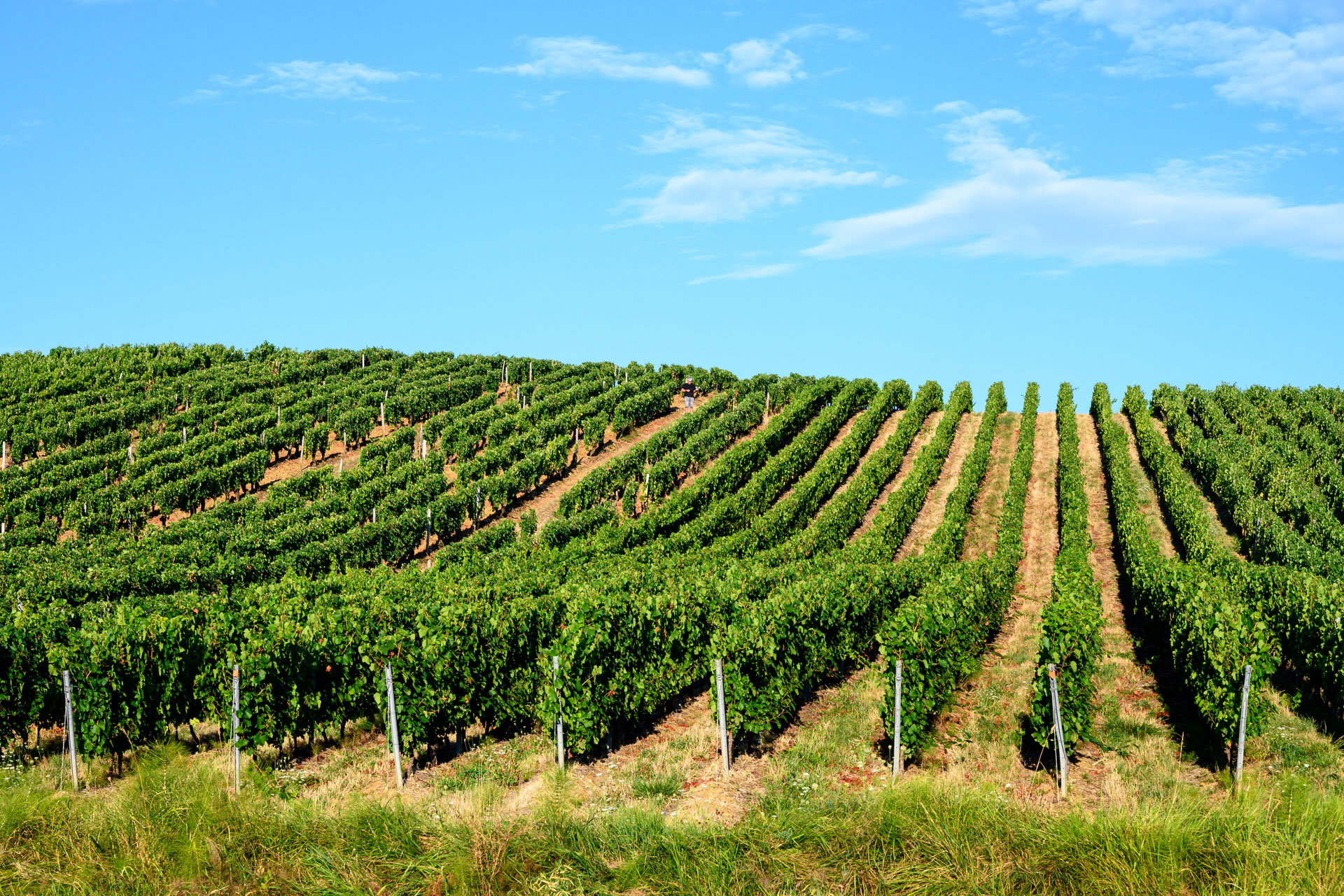Is Crémant The New Champagne?
By
4 months ago
This French sparkling is having a moment

Fizz lovers: listen up. You know those evenings when you fancy a glass of sparkling, and prosecco doesn’t feel quite special enough, but champagne feels a bit OTT? Say hello to crémant, the sparkling wine that’s flying off the shelves right now.
Waitrose has reported a 51 percent increase in crémant sales in comparison with the same period last year – overtaking its Spanish rival, cava. ‘That’s mind-blowingly phenomenal,’ said Alexandra Mawson, the company’s champagne and sparkling wine buyer. ‘We have never seen crémant sales as big as we are at the moment.’
Champagne sales, on the other hand, were down four percent at Waitrose last year, which is in line with trends across the industry. In 2023, both domestic and international sales were down by 8.2 percent, according to Comité Champagne. So what’s behind the shift in drinking habits – and what is crémant anyway?
Crémant vs Champagne: What’s The Difference?
There’s an old French saying that ‘it’s better to drink a good crémant than a bad champagne’. Often viewed as a cheaper alternative to champagne, or at least a middleman between prosecco and champagne, crémant has been around for years, but it’s sparkling in the spotlight right now – perhaps partially as a result of the cost-of-living crisis, which means we’re looking for savvier ways to get our bubbles fix.
Crémant is a French sparkling wine made in eight different regions across the country, including Burgundy, Bordeaux and the Loire Valley. Although the wine is created outside of the Champagne region, it uses the same production methods, known as ‘methode traditionelle’ – which means the secondary fermentation occurs in the bottle, giving it a rich, velvety texture. Prosecco, on the other hand, is made using the ‘tank method’.

Getty Images
Both champagne and crémant must be aged ‘on lees’ (yeast cells left over from fermentation), which gives the fizz its bread-like aromas. However, they differ on timings: rules stipulate crémant must be aged for at least nine months, while champagne is longer – at least 12 months for non-vintages, or at least three years for vintages.
What Are The Different Types?
There are eight different appellations, but the most common in the UK are:
- Crémant d’Alsace
- Crémant de Limoux
- Crémant de Loire
- Crémant de Bourgogne
Over 50 percent of the sparkling wine is made in Alsace: varieties from here have crisp apple and orchard fruit flavours, and a buttery brioche texture.
Which Foods Does It Pair Well With?
With its variety of different types, crémant can be paired with lots of foods. Generally it works well with fish and seafood, such as scallops and smoked salmon, plus French cheeses like brie and camembert. Certain varieties are also good with rich desserts.







